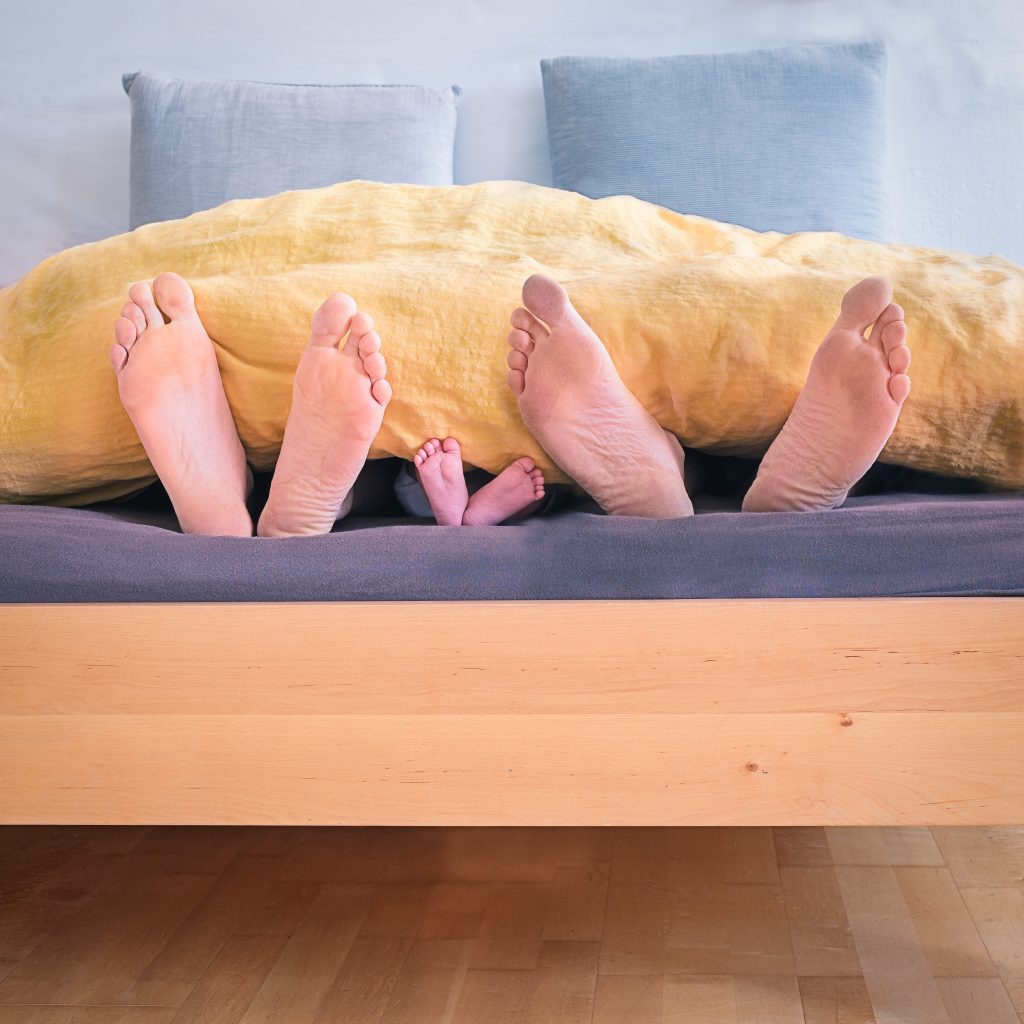We’ve all been there, tossing and turning for one reason or the other, struggling to get to sleep. Maybe you’ve got a job interview in the morning or a difficult exam. Perhaps you’ve got a long day ahead of you, and you can’t stop thinking about each moment and how the day is going to pass. Or, perhaps you’re lying awake for another reason, pain.
Not being able to sleep is terrible. It’s emotionally and physically taxing on our bodies, and that’s why so many physicians and health experts stress the importance of getting a good nights’ rest. Being unable to sleep comfortably because of bodily pain is a horrible situation. No one deserves this type of sleep, and thankfully we have treatments today to relieve pain as best as possible while people need to get rest. It’s possible to learn how to sleep with lower back pain and sciatica pain without heavy medications or expensive equipment.
Back pain and sciatica are some of the most common neuromuscular pains people can have when trying to sleep. You can’t get comfortable when sharp, electric pain is running down your back or legs. How do you find comfort when lying down is painful?
Hope is not lost, though, and in this article, we will discuss some of the tips and strategies used to promote better and more comfortable sleep.
Now, these tips are not an equal replacement for getting treatment from your chiropractor or acupuncturist, but they will help you find greater relief when you need it most.
Reduce Pressure on the Spine with a Pillow
Many of us are side sleepers, which can be advantageous for people suffering from back and sciatica pain. When sleeping on your side, it can relieve excess pressure and weight placed on the spine. Remember, back pain, and sciatica pain typically stem from pressure on the back’s nerves and muscles. Whether these nerves are knotted, pinched, or damaged, they will let you know it!
If you are indeed a side sleeper, place a pillow between your legs and thighs. The pillow acts as a buffer between your legs. A pillow will create slight separation at the thigh; this helps relieve some pressure off the spine’s base, where sciatica is activated.
Curious to How Acupuncutre Can Help Treat Sciatica and Back Pain?
Read Our Blog Here!
Do Not Sleep on Your Stomach
Sleeping on your stomach is the worst position you can sleep in, as far as your back and neck are concerned. There is lots of pressure exerted on the top of your spinal column when you lie facedown on a pillow. That pressure also extends down the spine, and your body forms a slight U-shape. If it’s necessary to sleep on your stomach, place a large bellow under your midsection to relieve some of the pressure your spine is absorbing.
Try Out Different Mattresses
It used to be that most people considered a hard mattress the best option for someone suffering from lower back pain. Today, it’s not so cut and dry. Mattresses, both soft and hard, have proven to provide dissatisfactory or painful nights of sleep, depending on the individuals’ body type.
A great way to determine if your body is best suited for a semi-soft or medium-firm mattress is to note your sleeping experiences when the opportunity arises. When sleeping in a friend’s guest house while on vacation or a hotel room while away for work, learn what types of mattresses give you the best pain-free nights of sleep and document any trend you find.
Elevate Your Knees While Sleeping
Many of us are also habitual back sleepers, and though not as bad as sleeping on your stomach, sleeping on your back also puts weight and pressure on your spine. If you elevate your knees with a pillow/body pillow, it can shift this pressure and take some of the weight off your spine. It also helps keep your body from moving around too much while sleeping and waking up in awkward positions that only intensify your back and sciatica pain.
Stretch Before Bed
Talk to your doctor, chiropractor, and acupuncturist about stretches that you can perform before bed to help ease the muscles, take the pressure off the spinal column, and relieve stress right before you go to sleep. Getting in the routine of these pre-bed stretches will help your body and mind get ready for sleep and better prevent back pain from keeping you from falling asleep.
To learn more about our wellness center, as well as chiropractic and acupuncture treatments for back pain and sciatica, please contact us here.
